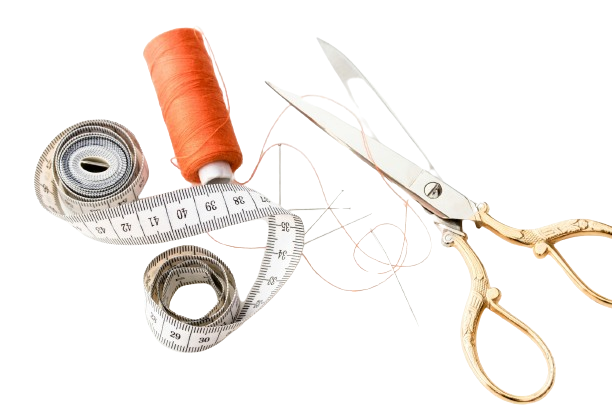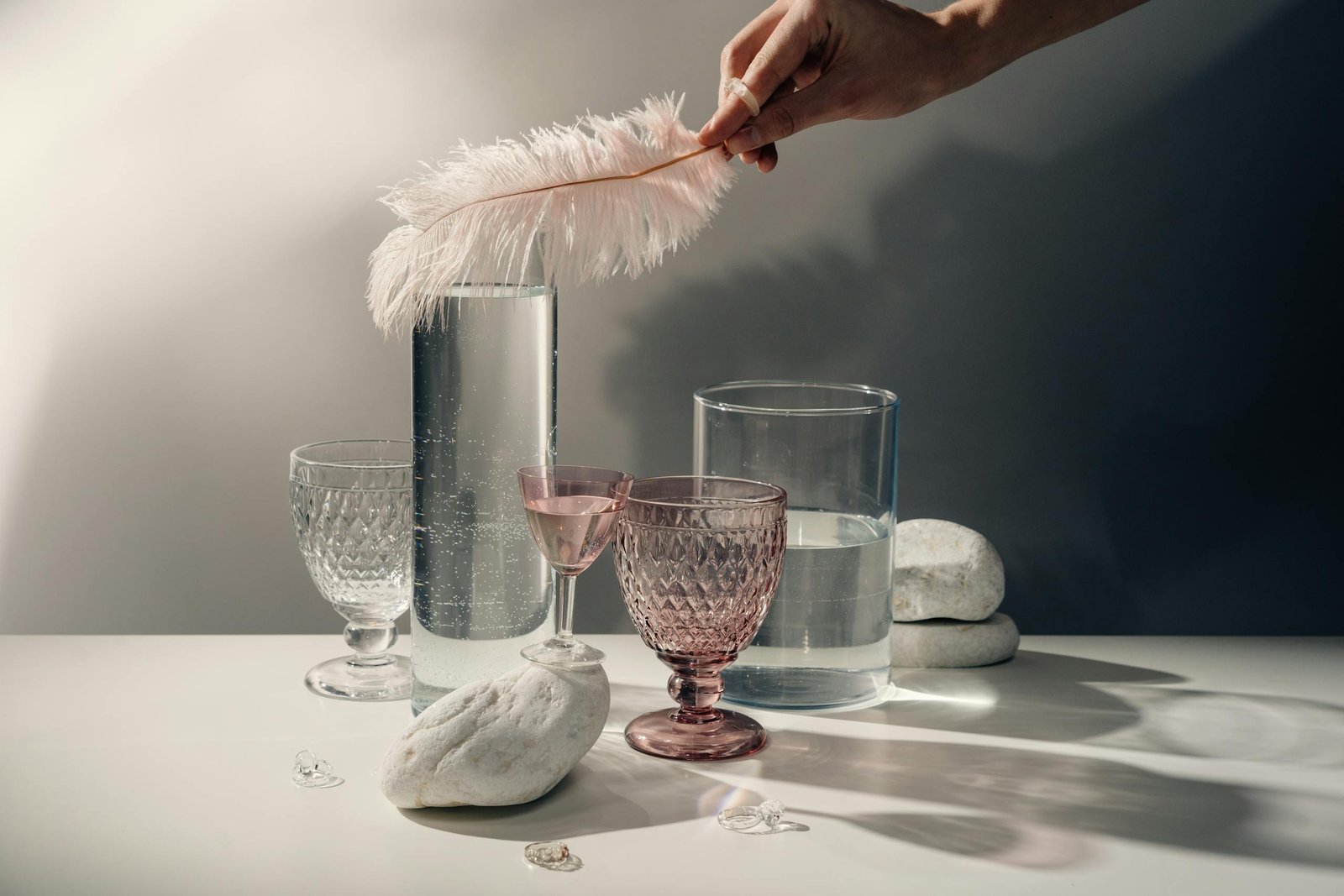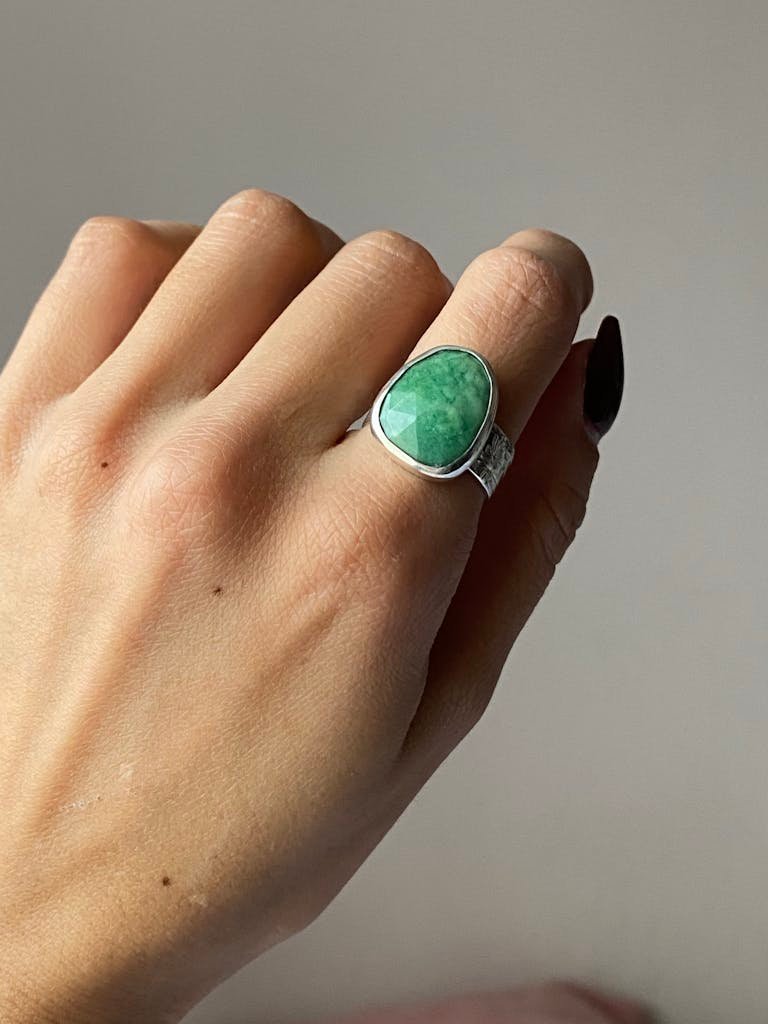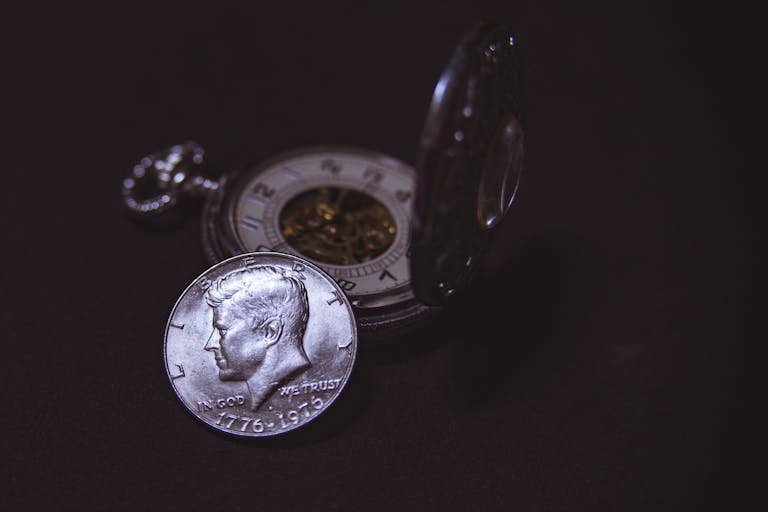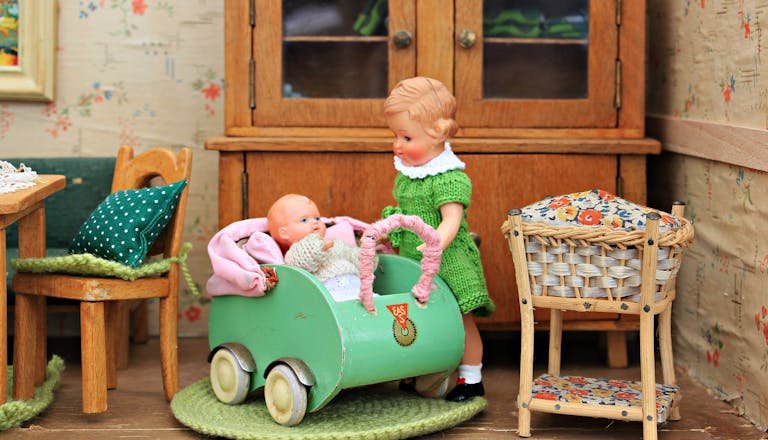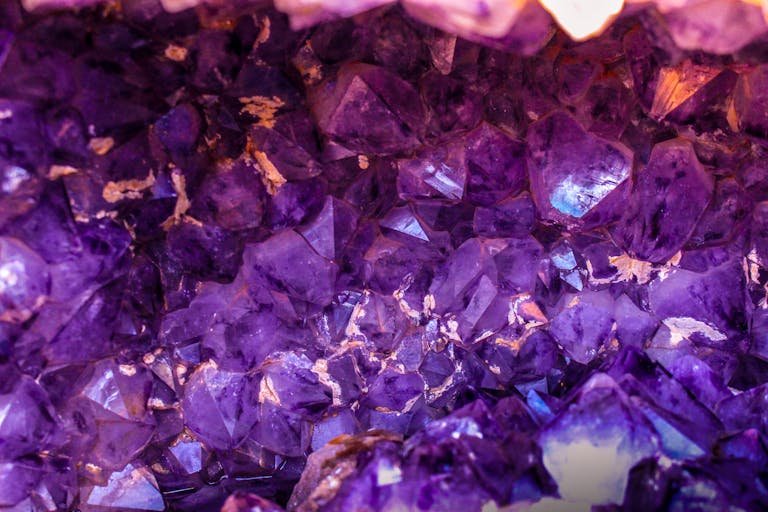Slag Glass: Uncover Hidden Beauty & Value
Slag glass is one of the many fascinating types of antiques and collectibles that are present in this wonderful world. The distinguished grain, the historical background, and the peculiarities of its manufacture have been an attraction to many enthusiasts and collectors for several decades. Whether you are an experienced collector or just starting, it helps to know more about the subject of slag glass to better appreciate this unique form of artistry.
This comprehensive guide delves deep into What is Slag Glass? and exploring its definition, features, value, identification methods, and much more.
Definition of Slag Glass
Slag glass is a type of pressed glass renowned for its unique, often marbled or streaky appearance. As iron ore is smelted, the process results in the creation of a glass-like byproduct referred to as slag. This material, which can be quite glossy and bright colored, has sneaked it’s way into many forms of art and design hence making it an interesting study for collectors and historians.
Features of Slag Glass
Unique Appearance
One of the most striking features of slag glass is its marbled appearance. Some common features that can be observed at the slag glass include swirls, streaks, and sometimes the combination of the opaque and translucent colors, all making each piece different from the other. This irregularity is beneficial as no two items are identical and makes these mascots all the more attractive and appealing to collectors.
Color Palette
Slag glass is commonly found in a variety of rich hues. The most prevalent colors include:
- Purple: Also known as amethyst, this color is from lavender to a very dark purplish red.
- Brown: These pieces are widely referred to as “chocolate” or “caramel,” and they convey warm, earthen tones.
- Green: All shades from pale mint to deep forest green give a fresh look to an object made of slag glass.
- Blue: Ranging from soft baby blue to vibrant cobalt, blue slag glass is highly sought after.
These color differences are as a result of the incorporation of various minerals and oxides during production.
Texture
Despite the aesthetic appeal that is attached to slag glass, their texture is also part of what makes such pieces appealing to collectors. The surface can be highly polished and shiny or slightly rough and glossy, depending on the manufacturing process and the design. Some of the pieces may possess elevated patterns or reliefs, which provide depth in the art work.
Value
Concerning the value of slag glass, several factors influence it such as age, rarity, condition, and the makers’ reputation. Even more, older pieces are very expensive especially when they are in mint condition or those that only come with rare colors and patterns. Enthusiasts need to understand these variables when evaluating or purchasing slag glass items.
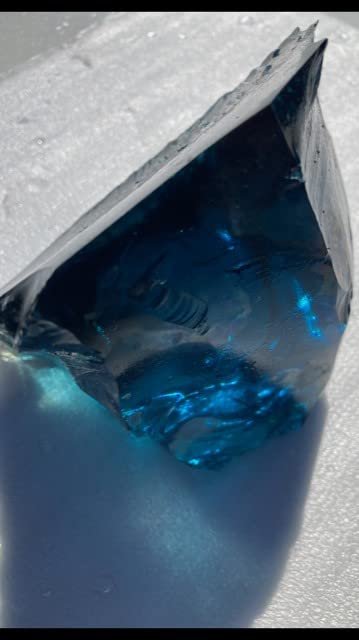
Decorative Chunk of Slag GLASS for Garden or Aquarium (Large, Teal
How is Slag Glass Made?
The production of slag glass is a fascinating blend of art and science. Its distinctive appearance results from a meticulous process involving specific materials and techniques.
The Basic Ingredients
Fundamentally speaking, glass is created by mixing silica (or sand) with other materials including soda (sodium carbonate) and lime (calcium oxide). In case of slag glass, other materials such as minerals and metal oxides are added in order to produce the required coloration and textures.
- Minerals and Oxides: Such materials as the iron oxide, manganese, or cobalt may be added. For example, manganese may give a purple shade and iron oxide may lead to shades of brown.
The Melting Process
- Combining Ingredients: The primary glasses are added to the selected minerals and oxides in appropriate ratios.
- Heating: This compound is then subjected to high temperatures in a furnace until it melts; the temperatures may rise to 2,500°F or even 1,400°C.
- Color Manipulation: To achieve the marbled effect, different colored molten glasses are combined. This can be done only in a manner when the colors blend together but do not mix completely to form a new one.
Molding and Pressing
- Molding: The formulated molten glass is then poured into the molds depending on the type of product to be made for instance a vase, bowl or an ornamental piece.
- Pressing: A plunger presses the molten glass deep into the mold to make it take the shape of the impressions made on it and capture as many details of a particular design or pattern as possible.
Cooling and Annealing
Post-molding, the glass must cool gradually to prevent stress and potential cracking.
- Annealing: Parts are subjected to an annealing oven where the temperature is brought down gradually for several hours, or even days.
- Final Touches: Pieces may undergo additional processes such as polishing or adding of designs once it has cool down to a certain temperature.
Read Also: Art Blending Hacks: From Beginner to Master!
What is Slag Glass Worth?
Valuation
- Rare Pieces: Lampshade designs and intricate figurines or pieces from established artisans can cost 500$. The following is a description of the factors that determine the value of slag glass.
- Common Items: These can be simple slag glass bowls or vases that could cost as low as $50 or as high as $200 or more depending on how they have been used and the number of pitting.
Age
Older Equals Pricier: Generally, slag glass items produced during the peak of its popularity in the late 19th and early 20th centuries are more valuable. These pieces often exhibit superior craftsmanship and unique designs not replicated in later productions.
Rarity
Unique Colors and Patterns: There are demands for relatively rare sets of colors or intricate patterns on the surface of the slag glass items. For instance, shoes with blue and green colors combined in spiral shapes could be less common than our usual brown or purple shoes so they would be expensive.
Limited Edition Pieces: A number of manufacturers produced small batches or individual product designs, which made these items special and expensive.
Condition
Pristine Over Damaged: As with most collectibles, condition plays a pivotal role in determining value. It is more appealing when they are free from chips, cracks or any signs of repair work done on them. Of course, original labels or markings can only add value to the piece of equipment.
Maker
Renowned Manufacturers: Some glassmakers such as Sowerby in England or Westmoreland in the USA are particularly famed for their slag glass products. Such goods are often associated with exclusive brands or recognizable patterns and are usually more expensive.
Market Demand
Trends and Popularity: The collectibles market is dynamic. Contemporary trends, that are likely to be dictated by such aspects as interior design trends or popular culture, have a way of boosting the demand (and therefore the price) of individual pieces of slag glass.
Examples of Valuation
- Common Items: The more basic slag glass bowls or vases could be expected to be between $50 and $200 based on their condition and design.
- Rare Pieces: Fancy lampshades, ornaments, or pieces by known manufacturers can cost anything from $500 to several thousand dollars.
It’s advisable for collectors to consult with experts or appraisers when evaluating slag glass items, especially for insurance or resale purposes.
How to Identify Slag Glass
For collectors, recognition is important both to determine the authenticity and to appreciate the object. However, there are some ways that the enthusiast can use to look for this slag glass and they include the following.
Appearance
Characteristic Swirls and Streaks: The most evident feature is the marbled or streaky appearance. Look for swirls of color blending seamlessly, often with a mix of opaque and translucent sections.
Color Variations: As mentioned earlier other parts of the body are purples, browns, greens, and blues. The depth and richness of such colors can tell a lot, whether we are talking about authentic slag glass.
Weight
Heft Matters: In terms of density, slag glass is known to be denser than other glasses because it contains minerals and oxides added during processing. If one has to hold a piece in hand it should look and feel more than just a piece of paper.
Sound Test
The Ringing Tone: Gently tapping genuine slag glass is tapped gently on its surface should be mute like a crystal bell but give out a dull sound. This distinction stems from its density and the material that the leather is made of.
Mold Marks and Seams
Evidence of Production: Most of the slag glass is pressed glass meaning that the pieces were created using molds. Please pay attention to the mold lines or seams since they could be important to understanding the manufacturing process or the period.
Maker’s Marks
Signatures and Labels: Some manufacturers stamped or labeled their pieces. Familiarizing oneself with common maker’s marks can aid in identification. Resources like collector’s guides or online databases can be invaluable in this regard.
Consult Experts
While self-identification is possible, consulting with antiques experts, attending collector’s fairs, or joining specialized forums can provide additional insights and validation.
Is Slag Glass Natural?
No, slag glass is not natural. It’s a man-made product that combines glass with various minerals and oxides. While the resulting appearance can mimic natural formations, the process itself is artificial.
Read Also: Double Die Coin: Rare Treasure or Common Error?
Conclusion
Slag glass, with patterns that are designs within designs and its long history, has not lost its charm and continues to be prized collectible. The way it is produced, shades, and the artistic aspect of fashioning make the work a masterpiece of human endeavour. Understanding more about the item makes it more enjoyable, whether you are a collector or someone who has come across the material for the first time.
